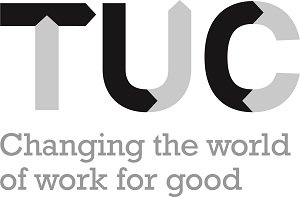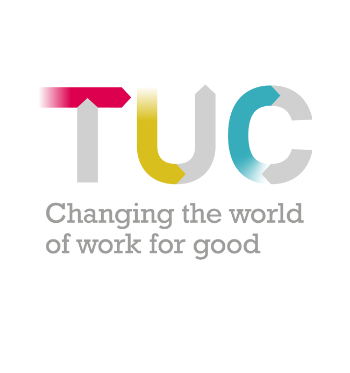Not part of the job
Our recommendations
Government
- Strengthen legislation to tackle third party harassment
- Statutory employment rights for young workers
- Strengthen the role of enforcement bodies
Employers
- Strengthen harassment prevention policies
- Adopt a zero-tolerance approach to all forms of harassment, abuse and violence
- Provide comprehensive training for all managers and supervisors to ensure proper support for staff
- Work in partnership with unions to agree policies, procedures and training
Trade unions
- Run workplace campaigns and organising
- Negotiate robust workplace policies
- Training for reps
And while workers of any age can be the target of workplace harassment, abuse or violence, young workers are disproportionally more likely to be the victim of these behaviours. This is due to the sectors they tend to work in, the likely more junior positions they occupy in a workplace and their relatively weak position in the labour market – affected by low pay, insecure work and a lack of opportunity to progress.
Young workers are overrepresented in public-facing jobs, and are more likely to be working in caring, sales and elementary occupations than older workers. Therefore, they are more likely to be the victim of harassment, abuse or violence committed by a customer, client, patient, member of the public or a business contact (a “third-party”) than any other age group. We spoke to over 4500 workers and
This report gives a voice to these young workers – their testimonies are included throughout this report. They go to work every day, often over the weekend, only to face harassment, abuse - and sometimes violence – from the people they are trying to assist, to serve, and to care for. We surveyed over 400 young workers aged 18 to 34 who had been subject to some form of third-party harassment, abuse or violence, asking about their experiences of reporting it to their employer – if they did report it – and the impact these behaviours had on them and their attitude to work. We found that, of the young workers who reported the harassment, abuse or violence to their employer, over three-quarters (76 per cent) said nothing changed, or the situation got worse.
Being subject to verbal abuse from third-parties is a very significant issue for young workers. 85 per cent of young workers we polled that had experienced some form of harassment, abuse or violence from third-parties told us they had experienced verbal abuse. And over three in five (62 per cent) of the young workers we surveyed said the same.
Another shocking finding was the volume and frequency of third-party harassment for young workers. We found that 70 per cent of those who experienced verbal abuse from third-parties have been subjected to it three or more times. There are similarly high figures for bullying and for sexual harassment too - 63 per cent and 57 per cent respectively. Half of the young workers who experienced physical assault or violence from a third-party have been subjected to it three or more times. Survey respondents told us of “constant” and “daily” abuse, ranging from one-off customers to repeat offenders, with employers failing to intervene or protect them time and time again, even when the behaviour was reported.
Fewer than half of young people whose most recent experience of harassment, abuse or violence was from a third-party reported the incident to their employer. Our findings tell us why young workers do not report it – from concerns about the impact on their relationships at work (42 per cent), not thinking they would be believed or taken seriously (37 per cent) to the fear of being blamed (18 per cent).
But the negative impacts on young workers and their attitude to work as a result are significant. Nearly two in five (38 per cent) said the experience made them feel less confident at work, 37 per cent said it had a negative impact on their mental health, and 22 per cent said it made them want to leave their job, but they were unable to.
These experiences of harassment, abuse and violence at work – combined with a rise in insecure work and stagnating wages - is taking its toll on young workers. The government must do more to ensure employers understand their duties to protect workers. It’s not just about dealing with incidences more effectively, but includes preventing the harassment, abuse or violence from happening in the first place. And employers must adopt a zero-tolerance approach to all forms of bullying, harassment and abuse, and work with unions to strengthen policies and procedures that will properly protect everyone at work.
Stay Updated
Want to hear about our latest news and blogs?
Sign up now to get it straight to your inbox


